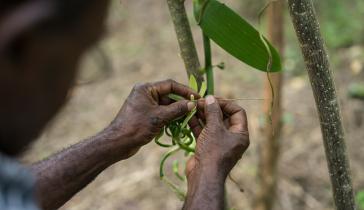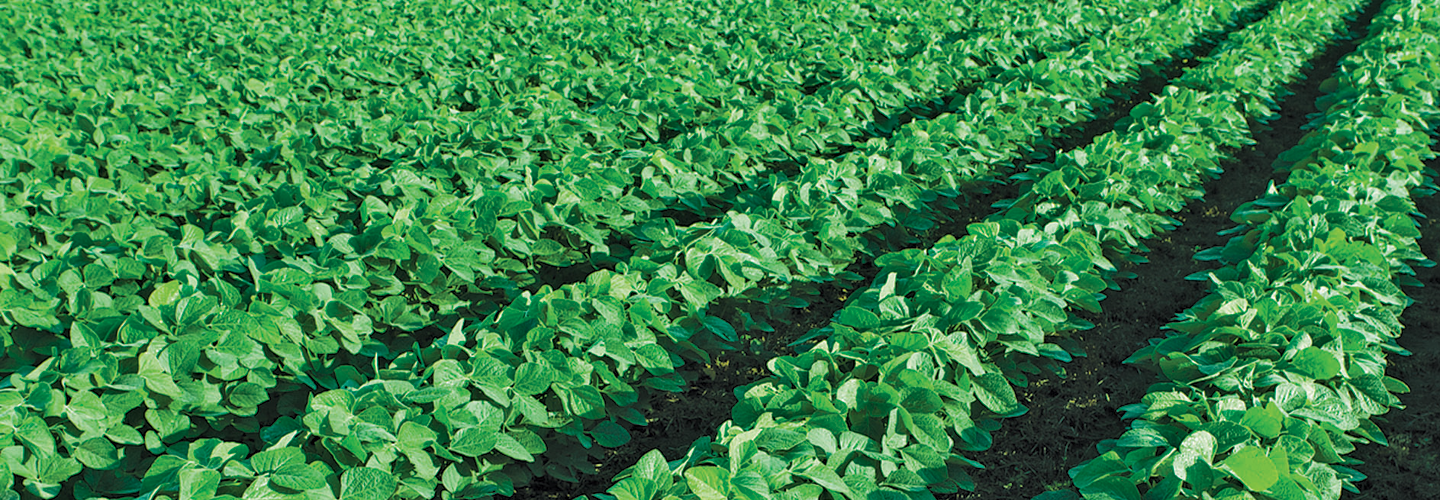Since the 1950s the Cavendish variety has held a monopoly on the banana market. But its dominance is not the result of taste or preference. Rather, grocery stores are stocked with the Cavendish variety because they are disease resistant. Specifically, they are resistant to Fusarium, a strain of fungus that wiped out the Cavendish’s popular predecessor in the mid-century, the Gros Michel.
As Matt Reynolds writes in a piece for Wired UK, banana farmers are currently experiencing a bad case of Déjà vu as a different strain of the same fungus—Fusarium oxysporum or Tropical Race 4 (TR4)— threatens Cavendish plantations in Latin America.
The banana – or at least the fruit as we know it – is facing an existential crisis. A deadly fungus that has decimated banana plantations in southeast Asia for 30 years has finally done what scientists have long been fearing, and made its way to Latin America – the heart of the global banana export market.
The discovery of the disease has triggered a state of emergency in Colombia and a state of panic in the minds of bioscience leaders in the region.
Now it’s in Latin America – and is likely more widespread than is currently understood – it’s a matter of controlling the spread of the fungus, says [Dan] Bebber [senior lecturer in biosciences at Exeter University]. Making sure any plantation employees or visitors disinfect boots and tyres before entering or leaving the site helps, as will trying to maintain the health of the soil, but no countries have managed to successfully contain TR4. In 1997, TR4 was detected in Australia’s Northern Territory, but vigorous quarantine efforts couldn’t prevent the pathogen from spreading to north Queensland in 2015.
Consumers are sure to feel the effects of any disease spread, whether through price increases at the grocery store or short supply, because the Cavendish accounts for 99 prevent of all banana exports. Luckily gene editing is showing promise to address this challenge.
While things in Latin America look dire, there is a little hope on the horizon. Work is already underway to use CRISPR gene-editing to create Cavendish bananas that are resistant to TR4. In 2018, the plant biologist James Dale demonstrated that it’s possible to modify the Cavendish genome using CRISPR, and in Norwich a firm called Tropic Biosciences is also experimenting with using CRISPR to engineer resistant bananas.
BIO spoke with Tropic Biosciences at Buzz Center at the 2019 BIO World Congress. Click here to watch the interview.
Because the Cavendish dominates the banana market, farmers pretty much only grow that variety. And these monoculture banana plantations just make it easier for a fungus to wipe out a whole harvest. As a result, researchers are looking to gene editing to not only create disease-resistant varieties but to also bring more genetic diversity to the fruit to mitigate disease. As a trio of researchers wrote back in February in a piece for Newsweek that foreshadows today’s news:
To reduce the vulnerability to diseases, we need more genetic diversity in our cultivated bananas.
Innovations like gene editing hold tremendous potential to solve urgent challenges in agriculture such as lack of biodiversity and disease. And as these challenges are compounded by climate change, gene editing will be looked at more and more as a tool to benefit our food, our planet, and even our health.
To learn more about gene editing and how it can create more types of resilient bananas, check out this piece on Innovature.com.




.jpg?itok=5epg0qxZ)















.png)


